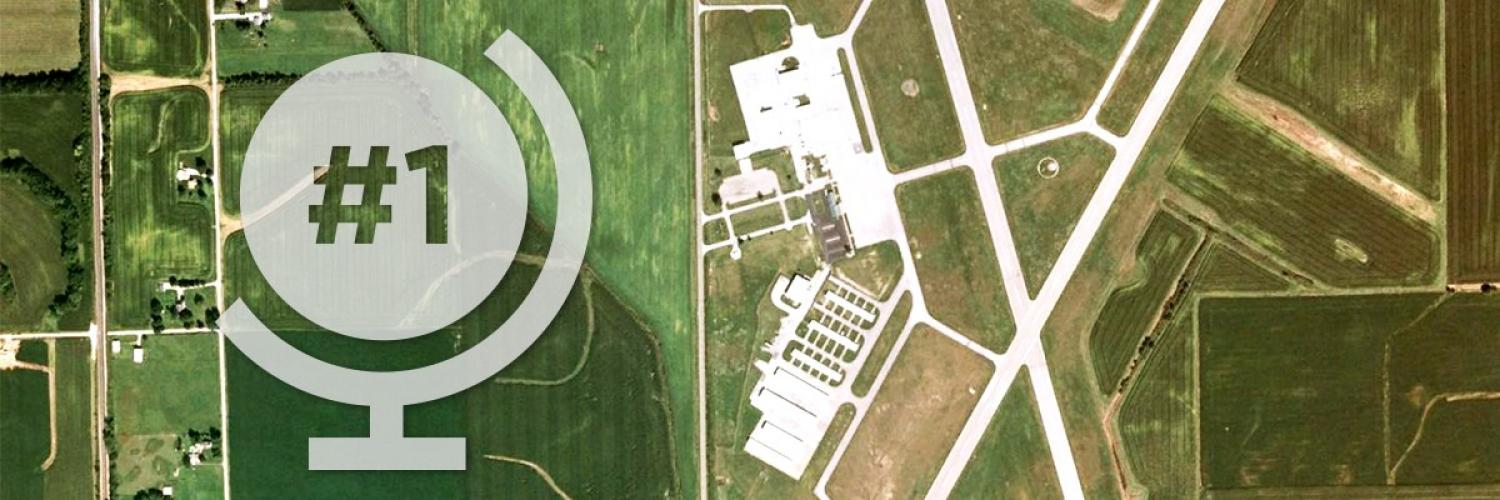
The first article in the series on landing pages dispelled any doubts about them. They are essential for any serious conversion strategy. A conversion rate upward positively impacts your revenue. At the end of the previous article, you had all the elements necessary to analyze and improve your landing pages in order to get the results as expected. Now, let’s talk about the mistakes to avoid. This information is as valuable as good practices. You can’t go wrong with those precious advices. Go ahead and read!
Do not repeat…
The first mistake was discussed in the previous article, but it is important to recall it. You certainly don’t want to make this one. If you answer yes to this question, you are on the right path: is the slogan of your ad identical to your landing page? You'd be surprised how this mistake is common. Don’t fall into this trap because your advertising campaign will easily find the way to his grave. Joking aside, if your message is not clear, imagine a minute what your potential customers will think. Yes, they will leave your page without wasting another minute. A confusing message will undermine the credibility of your business. Note that the confidence of visitors in your business will decline. Trust is something that often comes up in the comments left by visitors. This is even more important when making purchases online. You no longer have excuses: make sure your messages are consistent. Don’t mislead your visitors when they just started the conversion process that you have previously prepared.
Once your message is clear, the second mistake to avoid concerns images. Before even starting to read, visitors look at the design of your page. The mistake to avoid here is to put images that don’t match your product / service or the content on the page. This isn’t very promising for converting your visitors. Another element to absolutely prevent is to place images on your landing page that don’t belong to you. Don’t be that person. Pay for your photos. Avoid watermarks that tell your visitors that you haven’t made the effort to buy what you needed. If you take these precautions, visitors will find it easier to trust you.
What about your CTA? You must be thinking: “what mistake should I avoid so that my CTA doesn’t become a catastrophe?” Start by placing it properly on your page. Avoid it goes unnoticed. Be careful if your page contains a form. For example, there could be an arrow pointing to your CTA.
Your CTA is now in place. Great. Now let’s avoid mistakes related to content. Do everything in your power (you have it, isn’t it?) to ensure that the content of your page focuses on one element. There should be only one message. This may seem obvious, but nothing is more confusing to a visitor than be confronted with a message while this isn’t why he had clicked on your link. Your product or service should be put forward. Emphasize the value of what you offer. Don’t attempt to insert other information on your other products or services. You could even put a video explaining your product or service. The Unbounce site says that videos increase the conversion to 80%. One more thing. Avoid asking more information than necessary to your client when completing the form found on your page. Get to the point. This applies as much to your content that your design. Your page should be simple, but elegant. Experiment and you will see that it’s quite possible.
You master all the elements above. You may have even avoided some mistakes. You might be tempted (and you'd be right) to create multiple landing pages. Marketing Benchmarks report created by HubSpot in 2012 reveals that 55% of companies saw their leads increased when they had between 10 and 15 landing pages. What are leads? It is simply a sales contact. You have already set to work? Not so fast! Yes, it may be a wise choice to create multiple pages. By cons, don’t make the mistake of creating many pages that aren’t original. You must understand that you don’t need to copy the same content for each landing page. Google is against this practice and you don’t want to get slapped on the wrist. You will create content that represents each of your products or services: think about their unique features. Proceeding this way, you will notice positive changes.
Land in the right place ...
You now know the two sides of the coin: good and bad practices to create a landing page which you will be proud of. Now that you have all these elements in hand, proceed to tests and observe what pages have the best effect on customers. It will tell you the best way to reach them. Until the next article in this series, are you ready to create your landing page? It's time to get started and to land in the right place.


